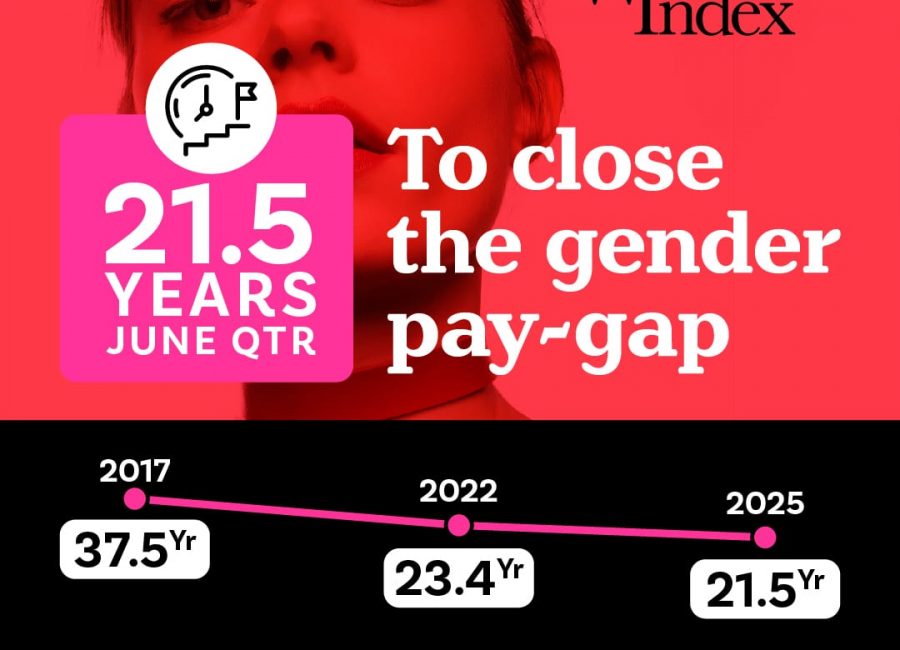The number of female business operators in Australia is growing exponentially, but money and cashflow worries are among the biggest issues they face everyday.
Contrary to popular thought, trying to grow your business with limited cash flow isn’t difficult at all.
That’s because one of the most effective ways to grow your business in today’s digital world is also one of the most cost-effective: using digital channels.
Below are some key things that I have learnt which will hopefully help women.
The changed landscape of marketing
As we all know, it takes no time for a potential customer to jump online and find reviews, blog posts, videos and to educate themselves to make a decision best for them. In fact, customers will often be as far as 90 per cent of the way through the sales funnel before being in contact with a salesperson.
As a result, commanding, compelling and credible content online is the new salesperson.
Attracting sales leads in the digital world
I’m a firm believer that attracting customers is far better than chasing them.
Things have changed dramatically since the days of cold-calling and newspaper-based advertisements. New tools and platforms have emerged and social media has made it possible for any business to publish and get attention from any audience.
Where should I focus?
Researching, writing and publishing content is no longer going to cut it in the digital world. Having the ability to measure your content and campaigns is the most effective way of knowing how to improve upon a strategy with clearly defined goals.
The basic objectives for any business should consider:
- Developing brand awareness
- Driving traffic to your website
- Generating leads and converting them into customers
Who is my audience?
Developing a deep knowledge of your audience is the first step to great success. You must understand who your potential customers are, why they might be a customer, what their challenges are, and how you can inspire them to take action.
- Identify your audience’s struggles and create content that could help to solve their problems
- How can you help your potential customers achieve their goals, dreams and aspirations?
What content do I have?
If you’re just starting out in content marketing, this is great. But if you’ve been creating content for some time, you’ll need to audit that content and find out what action you need to take to improve your strategy.
- Identify what types of content drive consumers to take the action you want and replicate that success
- Create a content plan: consistency of content (how often you post), choosing the right content mix (videos, blog posts, interactive graphics)
- Use specific tools to make finding keywords and topics easier and understanding what your audience is asking about on these topics.
What content do I need to create?
Not all content formats might suit your audience. If they do, that’s fantastic, but understanding what does and doesn’t fit is extremely important in helping you create the content in the format your audience wants.
Whether it be text, images, video or audio, these content types are the most often sought-after by customers when seeking information on websites, including yours.
How do I optimise the content that works?
Optimising the best content will help leverage the success you’re experiencing.
- Unlock the power of storytelling: people will often forget what they’ve been told, but will remember how you made them feel
- Create amazing headlines: there is incredible research into the best way to write a headline including length, tonality and use of superlatives
- Build trust: providing answers and solutions to your audience’s problems increases the likelihood that they’ll do business with you.
Creating content and moving forward
There’s no magic or secret sauce that will guarantee the success of your content strategy. However, following a clear process and reviewing the mechanisms in your content strategy will help guide you to success and help generate sales leads.
[1] PureProfile What Women Want survey of 300 self-employed women, commissioned by Intuit Australia, February 2017












